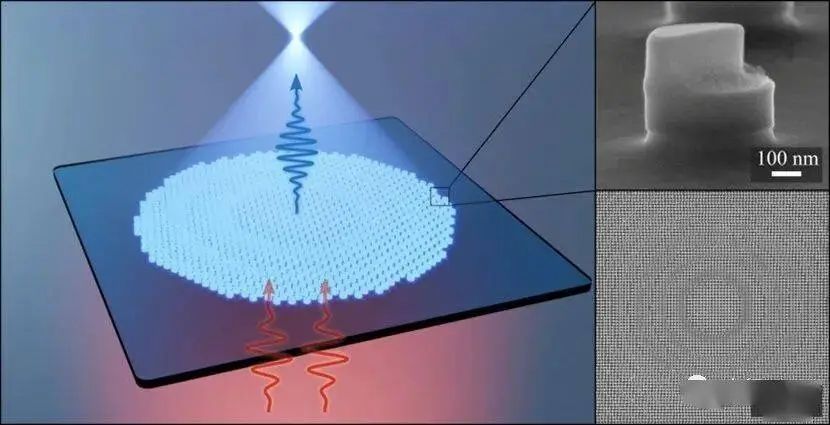Quantum Optics: Quantum optics is the science that studies the quantum properties of light. One fascinating phenomenon in this field is quantum entanglement. Imagine two photons connected by an invisible thread; even if they are far apart, measuring one photon’s state will instantly affect the state of the other, much like two birds in different locations sharing a mysterious connection.
These entangled photons have enormous potential in information transmission. Scientists are exploring their use for achieving absolutely secure quantum communication. In quantum communication, information is encoded in the quantum states of entangled photons. If someone attempts to eavesdrop, the photon’s state will change, ensuring the security of the information, much like wrapping the information in an indestructible “quantum armor.”

Nonlinear Optics: This is another incredibly intriguing field. Under normal circumstances, the frequency of light does not change as it propagates through a medium. However, in nonlinear optics, when the light intensity is sufficiently high, light can generate new frequencies as it travels through certain special media. It’s akin to the surface of a lake, where small waves generally don’t cause significant changes, but a massive energy impact (like a storm) can create unusual phenomena. Frequency doubling is one such nonlinear optical phenomenon. For example, by using certain crystals, red light passing through them can produce blue light with double the frequency under specific conditions. This phenomenon has important applications in laser technology, such as creating shorter-wavelength lasers for more precise machining or advanced medical surgeries.

Super-Resolution Optical Imaging: This is also a hot topic in cutting-edge research. Traditional optical microscopes are limited by the diffraction limit of light, making it difficult to see objects smaller than a certain size. However, scientists have devised ingenious methods, such as utilizing the special properties of fluorescent molecules or special light modulation techniques, to surpass this limit. This allows them to observe smaller biological structures, nanomaterials, and more.
These advancements in quantum optics, nonlinear optics, and super-resolution optical imaging are pushing the boundaries of what we can achieve with light, opening up new possibilities in communication, technology, and scientific discovery.